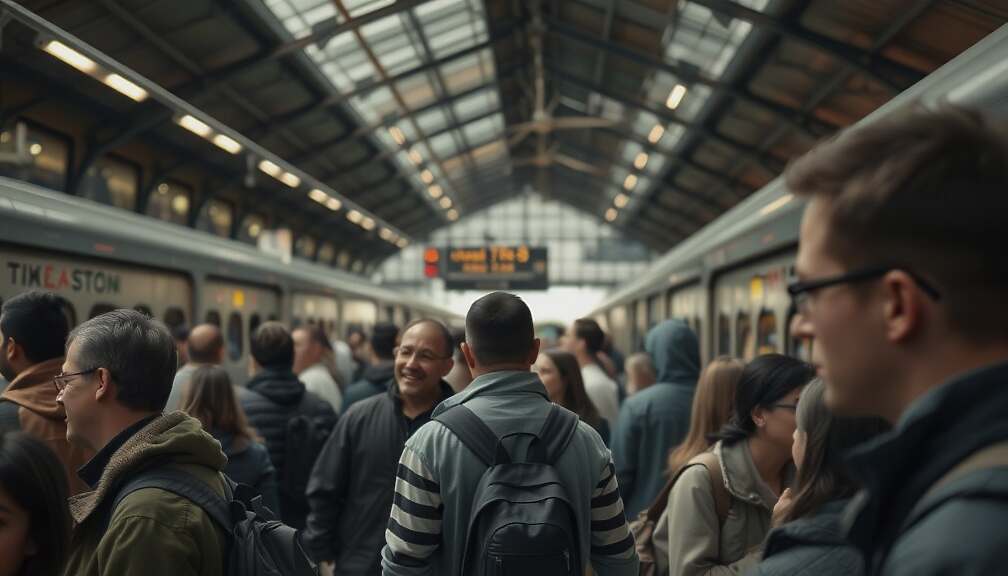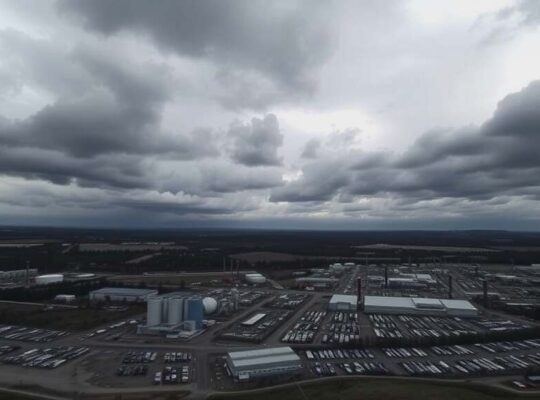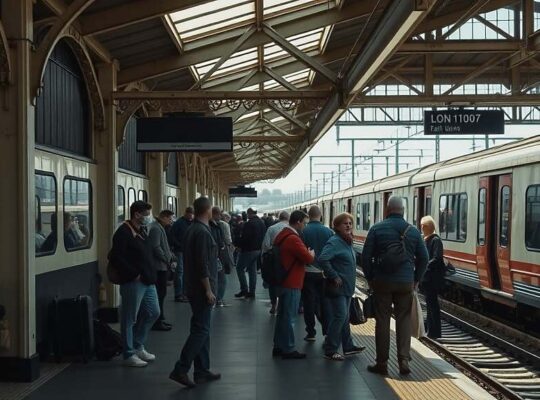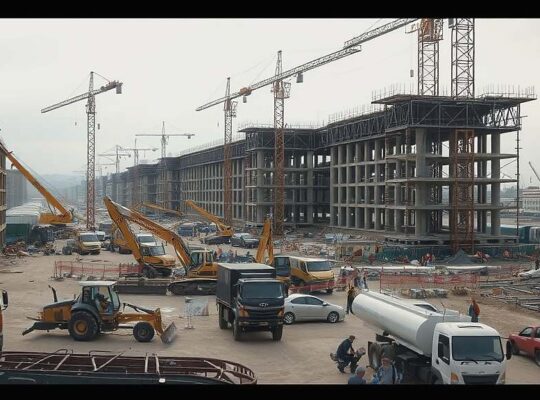The timeline for the “Stuttgart 21” project, a major railway infrastructure overhaul in Stuttgart, Germany, has been adjusted, resulting in a partial delay to the decommissioning of the existing central station. Deutsche Bahn (DB), the German national railway company, announced on Friday that the old station will now cease operations in mid-2027, a shift from the initially planned 2026 date.
The delay is attributed to a revised operational concept designed to minimize disruption to rail passengers during the project’s complex commissioning phase. The original plan for integrating the digital rail hub of Stuttgart required extensive and overlapping track closures in 2026, which DB aims to significantly reduce with the new approach.
Under the updated schedule, the existing central station will remain operational until the extended S-Bahn (suburban rail) line reaches the Mittnachtstraße station in summer 2027. Passenger service on the Gäubahn line will continue to be routed to the central station via the Panoramabahn until March 2027. The full integration of regional tracks from the new Neckarbrücke bridge into the Westkopf of the Bad Cannstatt station-projected to be completed by November 2027-will allow Stuttgart 21 to enter full operation, with the exception of Gäubahn service continuing via the airport.
Despite the revised timeline, a significant portion of the new Stuttgart main station and the surrounding rail hub, equipped with digital technology, are still slated to begin operations in December 2026. This will enable the majority of long-distance rail services (excluding the Gäubahn) and approximately half of regional services to run through the new through station. Concurrently, the new long-distance station at the airport and the shunting yard in Untertürkheim are scheduled to open. The integration of rail traffic between Tübingen/Reutlingen and the future Stuttgart rail hub via the Große and Kleine Wendlinger curves is also anticipated at this time.
“Stuttgart 21 is a gain for many travelers in the region, in Baden-Württemberg and far beyond” stated Berthold Huber, DB Board Member for Infrastructure. “To achieve this, we must ask our passengers to accept some inconvenience during this highly complex commissioning process. Together with our project partners, we have managed to keep these disruptions as low as possible”.












